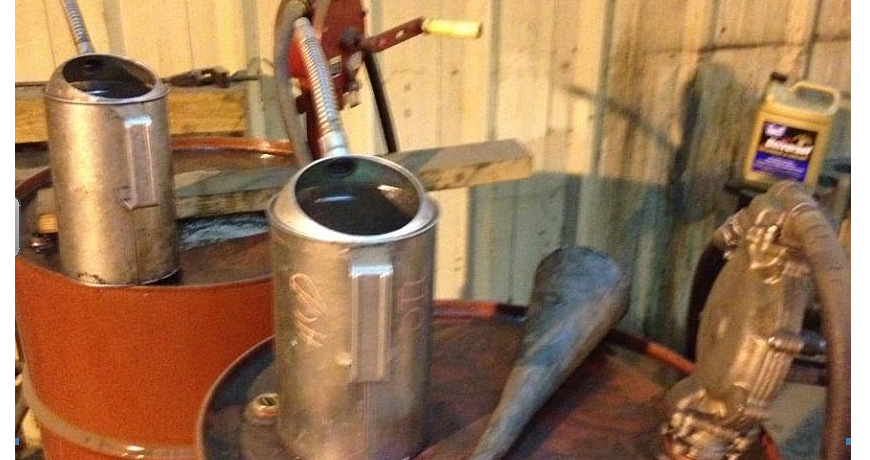Sources of Equipment Damage: Funnels
Maintaining proper oil levels in our equipment is a critical maintenance function to keep our assets running and producing product. Adding (or topping off) oil in our assets requires a means to transfer the lubricant from a container to the machine. The means used to accomplish this task are much more critical than may be commonly understood.
What is the Common Lubrication Practice at Your Facility?
Does your facility use some type of funnel as a transfer mechanism? While funnels can make this task easier, they are not recommended because of their potential to introduce contaminants into the lubricant.
Funnels are usually stored in dirty environments in the plant and are therefore constantly exposed to dirt and dust. Even wiping off the funnel before use exposes the funnel to even more contaminants that enter into our equipment and cause damage.

As a lubricant flows through the funnel, it carries along all the dirt particles on the funnel straight into the machine. Not only large particles, but very small particles that can’t be seen with the human eye enter into the equipment and cause the most damage.
Another risk of funnels is the potential for cross-contamination between two incompatible lubricants. Many oils on the market, when mixed with another lubricant, can easily cause severe machine damage. Most funnels are not color-coded or labeled in a way that would designate them to be used only for a particular lubricant. Therefore, a number of different oils may flow through the same funnel, potentially contaminating the lubricant inside the machine and causing significant damage.
Best Lubrication Practice
A sealable and reusable (S&R) container is a “best practice” alternative to a funnel. These containers typically have a spout or pump-style lid, making it easy to transfer lubricants from the lube room to a machine in the plant. However, the main benefit of these containers is that they lower the chance of particle ingression and cross-contamination into your equipment. This prevents equipment failures, unwanted downtime and improves plant capacity.

You can learn more about Lubrication Best Practices from Paul Llewellyn at our Rethink Maintenance Training Roadshows
Filed under:
Lubrication by Trent Phillips CRL CMRP - Novelis
